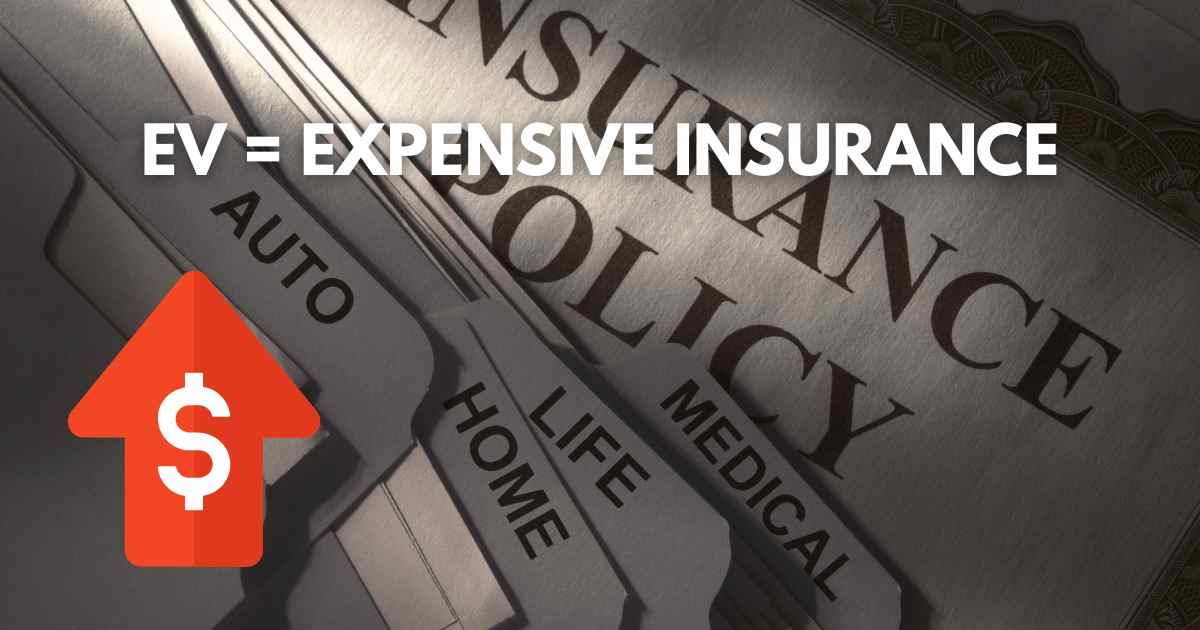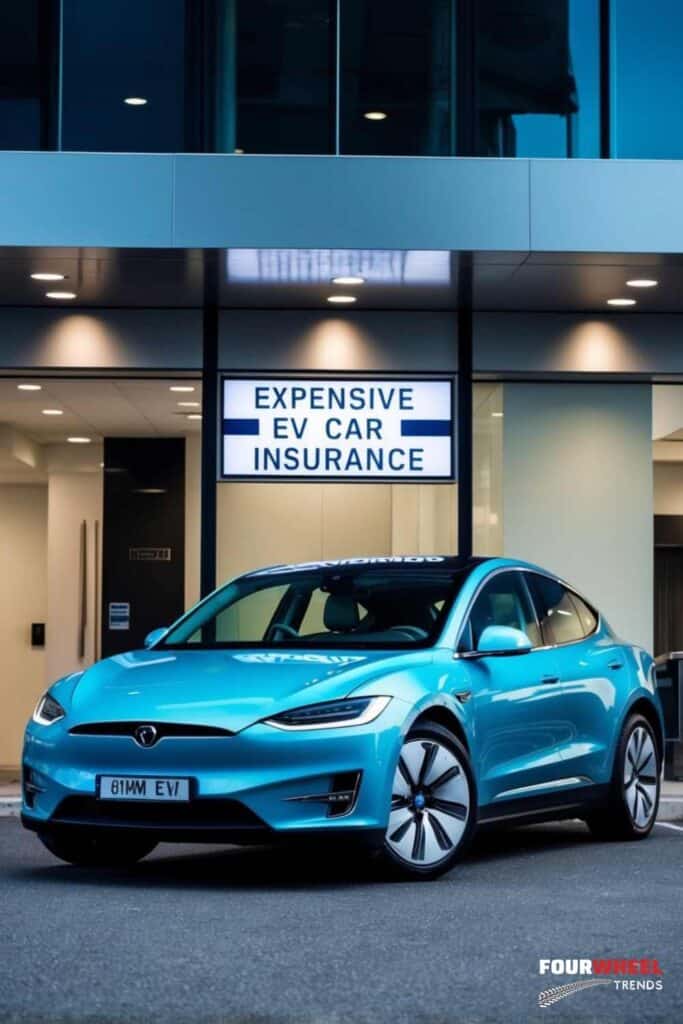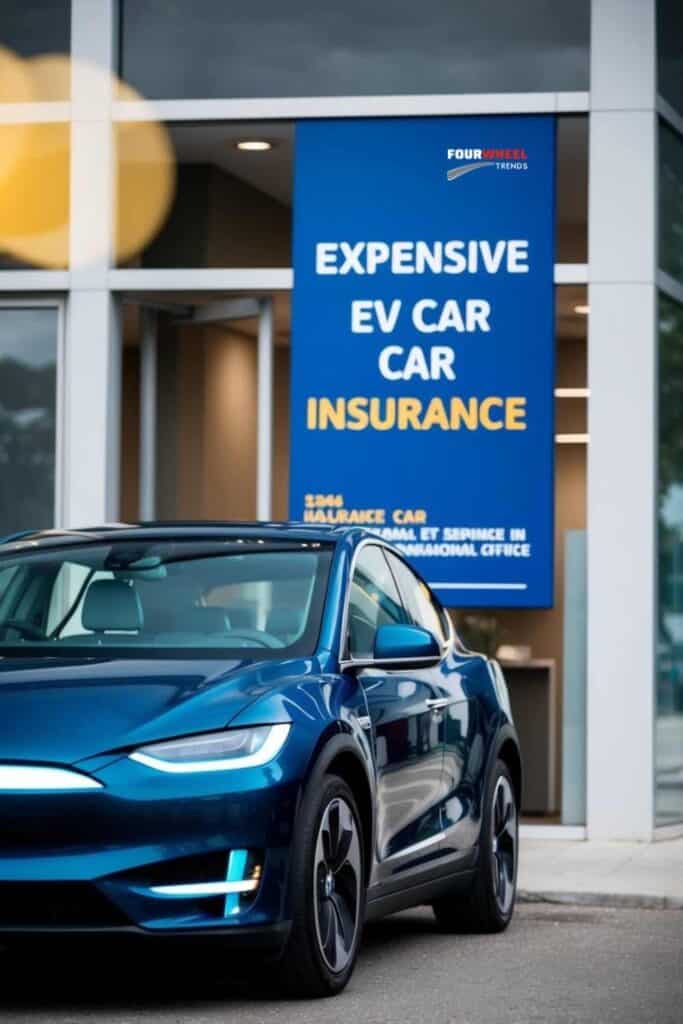Blame the Algorithm: How Autonomy Is Rewriting Car Insurance
Tech-forward EVs like Teslas are forcing insurers to rethink everything from risk to responsibility, and you are paying the bill.

The Collision Between Autonomous Tech and Old-School Insurance Policies
Why EV insurance is getting more expensive — and why your car might be at the center of the blame game.
It’s not just your imagination — insuring a high-tech car is getting harder and more expensive. Drivers of electric vehicles, especially Teslas, are seeing their premiums spike and, in some cases, getting dropped by their insurance companies altogether.
At the center of the chaos? Autonomous features like Tesla’s Autopilot and Full Self-Driving (FSD). These once-futuristic tools are already rolling on public roads, but the insurance industry hasn’t quite figured out how to deal with them — and that’s putting car buyers in a tough spot.
The New Risk Equation
In traditional car insurance, liability is usually clear-cut. If a human makes a mistake, the human (or their insurer) pays for it. But what happens when your car is the one doing the driving?
Tesla’s Autopilot and FSD are marketed as semi-autonomous driving systems that can navigate highways, change lanes, and even stop at traffic lights. But despite the flashy tech, they still require human oversight — at least legally. The problem is that not everyone uses them that way.
When an accident happens while Autopilot is engaged, insurers are left asking: Who’s really at fault? The driver? The automaker? Or the code running under the hood?
The answers aren’t just murky — they’re expensive.

Why Insurance Rates Are Rising
As we explored in Why Insurance Companies Are Dropping Teslas, some insurers are stepping away from EVs entirely. That’s because the traditional formulas they use to price risk no longer apply. Repair costs are higher, technology is more complex, and claim payouts are often unpredictable.
For example, even a minor fender bender in an EV can trigger an insurance nightmare. As discussed in Your EV Might Be Totaled Over a Scratch, integrated sensors and cameras are often embedded in bumpers and body panels. So what looks like a $500 ding could end up being a multi-thousand-dollar replacement.
Throw in autonomous software — which can be the subject of lawsuits, recalls, or regulatory probes — and insurers see dollar signs. Not the good kind.
Shifting Liability, Shifting Models
The tension between autonomous tech and insurance isn’t just a pricing problem. It’s a structural one. In the long run, the entire concept of liability could shift away from the driver and toward the manufacturer.
Some experts believe we’re heading toward a future where automakers, not individuals, carry more of the insurance burden — especially as cars become more self-reliant. Elon Musk himself has hinted at this, claiming that Tesla could eventually act as its own insurer. In fact, Tesla already offers its own in-house insurance product in select states, using real-time driving data to set rates.
But legacy insurers aren’t ready to flip that model overnight. They’re still trying to understand how to underwrite a vehicle that drives itself part of the time — and whose software updates can fundamentally change how it behaves on the road.

What Car Buyers Need to Know
If you’re shopping for an EV — especially one with advanced driver assistance features — you’ll want to think beyond the sticker price. Here’s what to consider:
- Insurance availability: Some major insurers are limiting coverage or refusing to write policies for certain EVs altogether.
- Higher premiums: Even if you get coverage, you may pay significantly more than a comparable gas-powered car.
- Repair complexity: Tech-heavy vehicles are harder to fix, making even minor accidents more costly.
- Responsibility in a crash: If you’re using Autopilot, you might still be held liable, even if the car “should” have been in control.
The Road Ahead
As autonomous technology becomes more common, pressure is mounting on the insurance industry to adapt. New partnerships between automakers and insurers, usage-based pricing, and data-sharing models may be part of the solution. But for now, car buyers are stuck in the middle of a system that’s trying to catch up with the cars it’s supposed to cover.
Until the laws, insurers, and tech makers can agree on who’s really in the driver’s seat, EV owners might keep footing the bill for the growing pains of autonomy.
Want to learn more about the hidden costs of owning an EV?
Check out our deep dives:
Sources
- Insurance Institute for Highway Safety
- National Highway Traffic Safety Administration
- Tesla 2023 Impact Report
- AP News coverage on autonomous vehicle regulations
- Interviews and statements from Tesla, Allstate, and State Farm (2023–2024)
